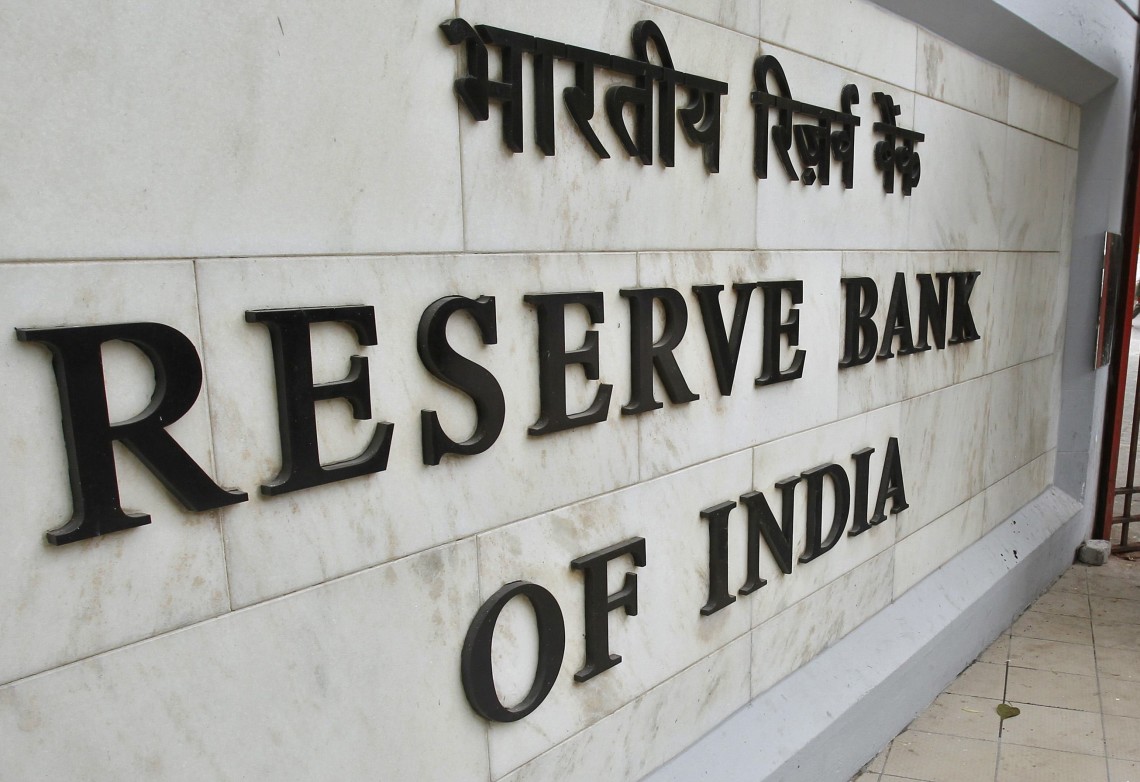The Indian Rupee’s recent slide against the dollar could persuade non-resident Indian (NRI) investors to send more money home as foreign portfolio investors exit, experts feel.
Inward remittances are set to rise, especially from the Middle East, the US and Southeast Asian countries amid a falling rupee following the recent shifts in the foreign exchange market and India’s external debt crossing the half-trillion mark.
The rupee hit a record intraday low of INR69.09 to the dollar last week, extending its losses to over 7% this year as Asian’s worst-performing currency. It pared some losses to close at INR68.47 but is expected to drop further to INR70.
Between January and March, net remittances to India were at USD16.4 billion compared with USD16.2 billion in the corresponding period last year, according to Reserve Bank of India (RBI) data.
India received record remittances of about USD70 billion amid a falling rupee trend in 2013. This year, it is expected to cross the earlier mark if the rupee extends its weakening trend, experts said.
India's external debt crossed half a trillion dollars (USD529 billion) by the end of March 2018. India's foreign currency debt grew by 12.4 per cent as compared to the figure at the end of March last year.
The data show that the ratio between India's external debt and the Gross Domestic Product (GDP) was 20.5 per cent at March-end this year. This was higher than the 20 per cent figure at the same time last year.
RBI says this rise can be attributed to increase in borrowings by Indians from overseas markets, deposits of non-resident Indians (NRIs) and rise in commercial borrowings.
The risk factor for the NRIs is the possibility of Indian rupee sliding further at the time of redemption as well as at the time of payment of interest. A weak rupee on maturity could annul the interest rate advantage Indian bonds have over the US. But then the optimistic view is the Indian Rupee (INR) has plumbed the lowest, claimed experts.



